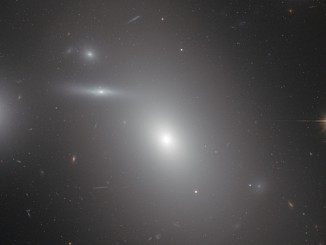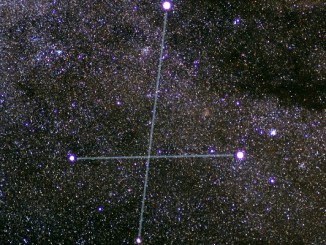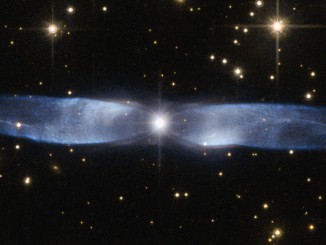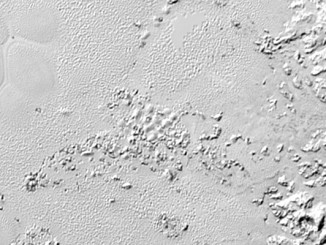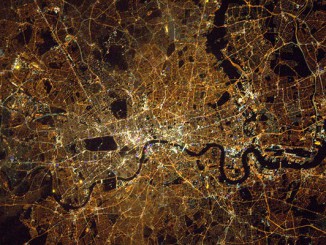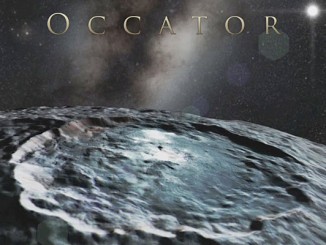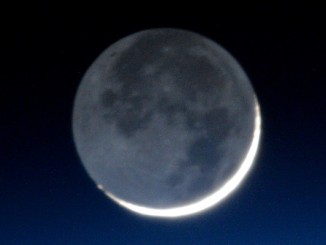
Tim Peake’s ISS view of the waxing Moon
In this image we see the young lunar crescent as seen from the International Space Station by ESA astronaut Tim Peake on 9 February 2016. At the time of the photograph the Moon was just 1.2 days old. Features on the Earth-facing side of the Moon not directly illuminated by the Sun are glowing softly due to earthshine, light reflected onto the Moon from our planet.

